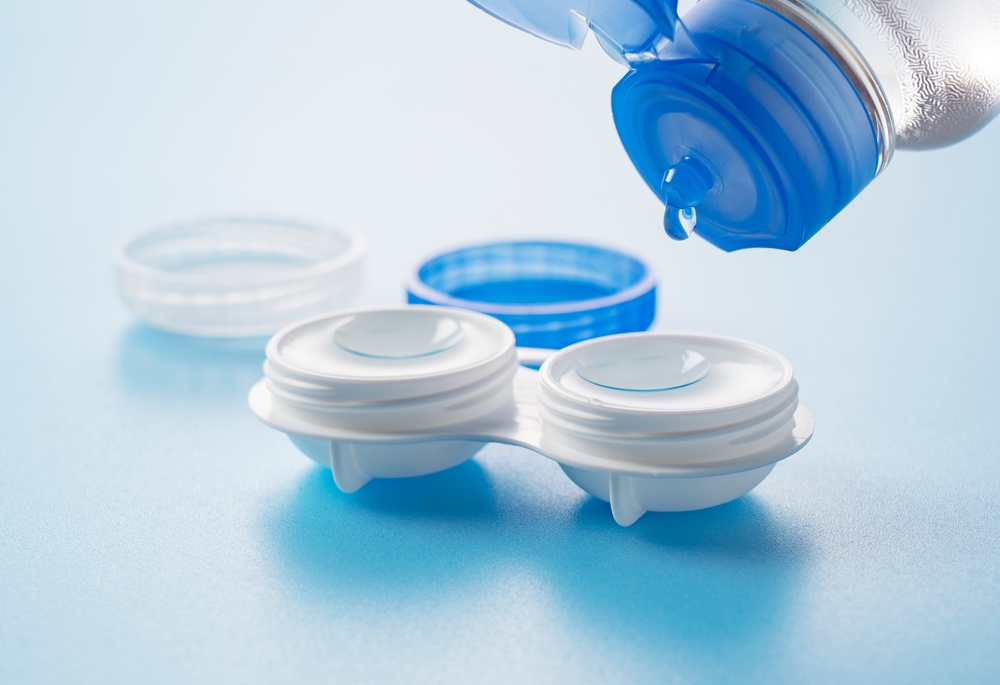
Dry eye syndrome is a common condition that affects millions of people worldwide. It occurs when the eyes do not produce enough tears or when the tears evaporate too quickly, leading to discomfort, irritation, and blurred vision. For those who wear contact lenses, dry eye can be an even greater challenge, as the lenses can exacerbate the symptoms and make it difficult to wear them comfortably.
Understanding Dry Eye Syndrome
Dry eye syndrome is a chronic condition that can have a significant impact on your daily life. It can be caused by a variety of factors, including:
- Age: As you get older, your tear production can decrease, leading to dry eye.
- Environmental factors: Dry air, wind, and prolonged screen time can contribute to tear evaporation.
- Medical conditions: Certain diseases, such as Sjögren's syndrome, rheumatoid arthritis, and thyroid disorders, can affect tear production.
- Medications: Some prescription and over-the-counter drugs, including antihistamines, decongestants, and antidepressants, can cause dry eye as a side effect.
Symptoms of dry eye may include:
- Stinging or burning sensation in the eyes
- Sensitivity to light
- Blurred vision
- Eye redness
- Difficulty wearing contact lenses
If left untreated, dry eye can lead to more serious complications, such as corneal abrasions, corneal ulcers, and even vision loss.
Common Challenges of Wearing Contact Lenses with Dry Eyes
Wearing contact lenses can be particularly challenging for those with dry eye syndrome. The lenses can act as a barrier, preventing tears from properly lubricating the eyes, leading to discomfort and potential complications. Some common challenges include:
- Discomfort and irritation: Dry eyes can cause the lenses to feel scratchy or uncomfortable, making it difficult to wear them for extended periods.
- Blurred vision: Dry eyes can lead to fluctuations in the tear film, causing blurred or fluctuating vision while wearing contact lenses.
- Increased risk of infections: Dry eyes can make you more susceptible to eye infections, as the protective tear film is compromised.
- Difficulty with lens removal: Dry eyes can make it harder to remove contact lenses, as the lenses may stick to the eyes due to lack of lubrication.
- Reduced wearing time: Many people with dry eyes find that they can only wear their contact lenses for a limited amount of time before experiencing discomfort.
Exploring the Types of Contact Lenses for Dry Eye
Fortunately, there are several types of contact lenses designed specifically for people with dry eye syndrome. These lenses are engineered to provide better lubrication, moisture retention, and overall comfort for those with dry eyes. Here are some of the most common options:
- Silicone Hydrogel Lenses: These lenses are made from a material that allows more oxygen to reach the eye, which can help reduce dryness. They are designed to be highly breathable and maintain a higher level of moisture compared to traditional lenses.
- Daily Disposable Lenses: These lenses are designed for single-use and are discarded after each wear. They eliminate the need for lens cleaning and storage, which can reduce the risk of protein and lipid buildup that can contribute to dry eye.
- Hybrid Lenses: These lenses combine a rigid gas-permeable center with a soft, hydrogel outer ring. The rigid center allows for better oxygen transmission, while the soft outer ring provides comfort and moisture retention.
- Scleral Lenses: These large-diameter, gas-permeable lenses vault over the entire cornea and rest on the sclera (white part of the eye). They create a reservoir of tears between the lens and the eye, providing constant lubrication and moisture.
Finding the Right Fit
While there are many contact lens options available for those with dry eye, finding the right fit can be a challenge. This is where the expertise of an optometrist comes into play. Dr. Luis Rojas will conduct a comprehensive eye exam to assess the severity of your dry eye and identify any underlying causes.
Based on your individual needs and preferences, Dr. Rojas will recommend the most appropriate contact lens type for your dry eye condition. HE will also provide instructions on how to properly insert, remove, and care for your contact lenses to minimize discomfort and maximize lens performance.
Regular follow-up appointments are essential to ensure that your contact lenses are working effectively and to make any necessary adjustments. In some cases, the use of artificial tears, warm compresses, or other dry eye treatments in conjunction with your contact lenses for optimal comfort and relief may be needed
Schedule Your Contact Lens Exam with Innovista Eye Today
If you suffer from dry eye syndrome and wear contact lenses, finding the right lens type can make a significant difference in your comfort and overall eye health. By understanding the various options available, Dr. Rojas can help you select the best solution for your individual needs.
If you're experiencing dry eye symptoms while wearing contact lenses, schedule an appointment for a comprehensive contact lens evaluation. At Innovista Eye, Dr. Rojas specializes in diagnosing and treating dry eye syndrome, and can help you find the perfect contact lens solution for your needs. Visit our office in Boerne, Texas, or call (210) 526-2020 to book an appointment today.








